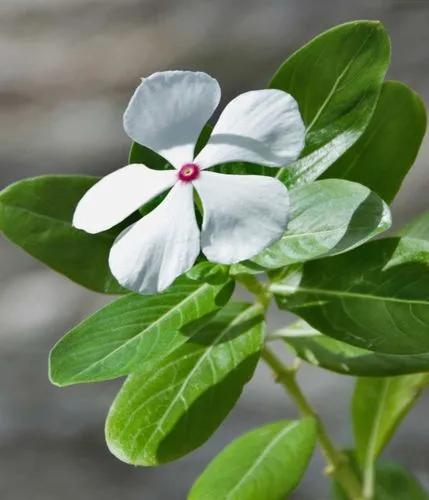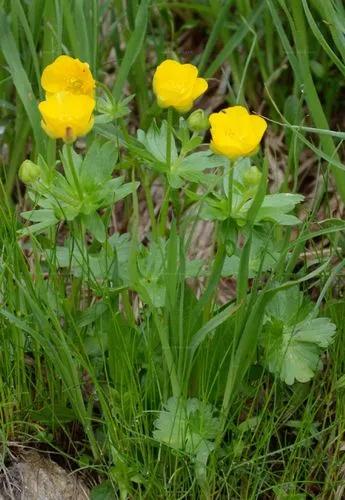Miniature roses are true roses that have been selectively bred to stay small in size. Most miniature roses have smaller flowers than standard rose bushes, but they come in the same variety of types and colors as their larger counterparts. Despite their petite size, miniature roses are extremely hardy.
Rosier Miniature Rose Care
Rosa chinensis minima
Other names: Mini Rose Bush



How to Care for the Plant

Water

How much water your rose bush will require depends on your soil and weather. A general rule of thumb is to provide roses at least one inch of water each week—this could mean daily waterings, every other day, or even just twice a week. Be sure to water deeply to promote good root development—aim your hose at the base of the plant and avoid spraying the delicate blooms directly. Due to their smaller roots, miniature roses may require more frequent watering during extreme heat, compared to their full-sized cousins.

Pruning

As with other roses, you'll want to prune miniature roses just before their new growth starts in late winter or early spring. Hard pruning is not necessary. Simply prune dead or broken wood first, then trim back about one-third of the plant to maintain its shape and encourage new growth.

Fertilizer

Roses can be heavy feeders and since miniature roses continue blooming all season, regular fertilizing is essential. Use any commercial rose food or general all-purpose fertilizer, according to label instructions. To keep your plant healthy, be sure to feed it when the bush first leafs-out and after each heavy flush of bloom. Stop feeding your roses about six to eight weeks before the first expected frost to discourage new growth that could be killed back during winter.

Sunlight

Just like their full-size cousins, miniature roses thrive in the full sun and need at least six to eight hours of sunlight daily for their optimum development. Even though they can stand some shade, the foliage of such bushes will become sparse, and the number of flowers will reduce significantly.

Soil

Miniature roses should be grown in well-draining, rich loamy soil outdoors. Add peat moss to make the substrate lighter, this will benefit the roots of the plant.
If grown indoors, don’t use garden soil for the roses. Instead, give preference to specific potting mixes for roses. Garden soil is too heavy for the potted plants, and using it might lead to overwatering and suffocating of the root system. Don’t forget to add a drainage layer.

Propagation

Just like full-size roses, mini varieties can be propagated by root cuttings easily. Don’t throw away the stems that have broken off the bush – we advise rooting them. This is another method of propagation. Moreover, even cut flowers can be rooted!

Temperature

Miniature roses prefer daytime temperatures around 70 degrees Fahrenheit and a minimum nighttime temperature of 60 degrees Fahrenheit. Keep the plant away from cold drafts or heat sources. To promote new growth and additional blooms, remove flowers as they fade.

Container

We recommend outdoor growing for miniature roses. However, these plants can be grown indoors too. If this is your choice, select a planter that will be big enough to accommodate the root ball of the plant and offer some centimeters of room for growth. Remember that roses have an extensive root system, so the pot should be rather spacious.

Fun fact

All the species of miniature roses are the same as the full-size ones – the first were just bred to stay compact in size.

Popularity

1,318 people already have this plant 215 people have added this plant to their wishlists

Common pests

In general, mini roses are healthy plants, but sometimes they can be attacked by aphids. If you notice any pests, remove them manually, paying a lot of attention to the undersides of the leaves. After that, treat the whole plant and neighboring ones with neem oil. Repeat the procedure in a week or so to make sure that aphids won’t come back.

Frequent diseases

Roses are known to be prone to fungal diseases, such as black spots and powdery mildew. If you notice any symptoms, cut off the affected branches and treat the whole plant with a fungicide. If the plant is placed near other ones, all of them should be carefully inspected and treated as well.

Botanist’s tips

Miniature roses are often grown indoors, but we do not recommend long-term indoor life for these species. At home, it is difficult for them to get enough sunlight. Humidity and temperature indoors are also not very suitable for them, so if there is an option to grow roses outdoors, use mini bushes to decorate your garden.
Discover more plants with the list below
Related articles






